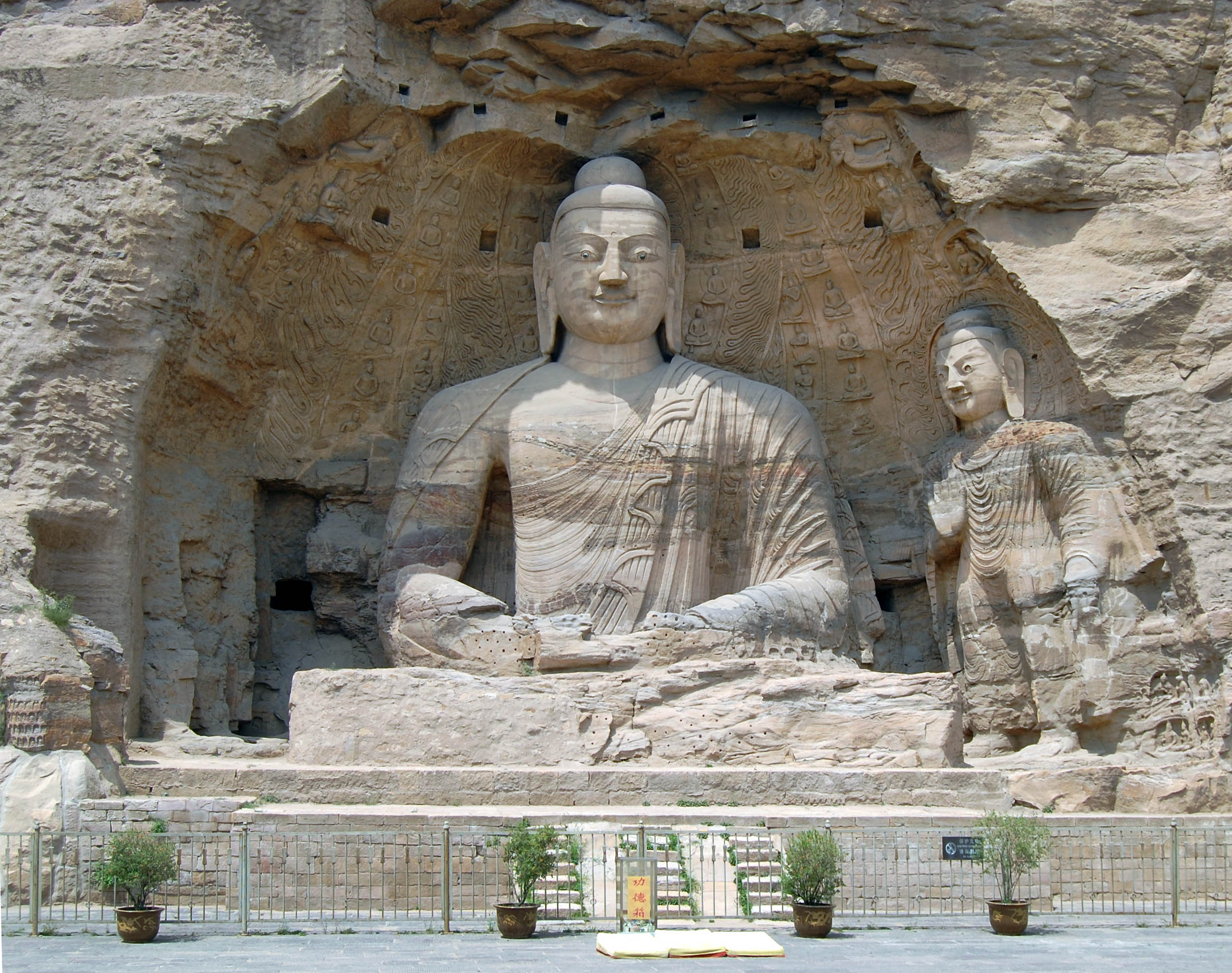Detailed Analysis of Chinese Buddhism
The Chinese and Buddhism
The Chinese have absorbed Buddhism, which originated in India in the fifth century B.C.E. In an intriguing turn of events, China now has more Buddhists than India. Han Buddhism and native faiths like Taoism and Confucianism have shaped China’s religious climate for centuries. Here are six intriguing results from the Pew Research Center’s “Measuring Religion in China” report on Chinese Buddhism.
Common but Unknown
China has few Buddhists. Most folks are Buddhist. The 2018 Chinese General Social Survey indicated that 4% of China’s 42 million people are Buddhist and 10% are religious. Different Chinese Buddhists follow the official association’s definition of Buddhism. Several Buddhists don’t identify as such. The mixing of Buddhism with Taoism and folk religion and the lack of an established Buddhist organization may contribute to this confusion.
Chinese Buddhism and Bodhisattva beliefs
The 2018 China Family Panel Studies found one-third of Chinese adults are Buddhists. Buddhist Bodhisattvas enlightened creatures who help people. One in seven worship Buddha, bodhisattvas, Taoist “immortals,” Jesus Christ, Allah, and Tianzhu. About 16% of people believe in Buddha and the bodhisattvas. Chinese “believe in” (Xiang Xin) does not entail worship, therefore people can profess their confidence in Buddha or any other deity without hurting anyone.
Traditional Religion and Syncretism
Chinese traditional religions coexist. Guanyin, known as Avalokitevara in Sanskrit, is a Chinese folk deity and bodhisattva. Folk deity Guanyin is prayed for health, wealth, and procreation. This syncretism shows Buddhism’s complex interaction with Chinese folk religion.
Cultural norms embedded
Buddhism is linked to Taoism, Confucianism, and folk religion. In the 2016 CFPS study, 35% of Chinese adults burned incense once a year to Buddha and 11% once a month to other deities. Taoist immortals and folk deities like Mazu and Guan Gong are mentioned with Buddha. Buddhist practice includes Confucian concepts like filial piety and ancestor worship.
The Han Chinese Buddhism Empire
Most Chinese Buddhists practice Han Buddhism, a Mahayana school that shaped Chinese thinking. The imperial palace fostered this school throughout the Tang Dynasty (618-907), making it popular in China. Han people rule China’s Buddhist temples.
Race-Geography Disparities
In deep southern China, ethnic communities practice Tibetan and Theravada Buddhism. These activities reflect China’s rich culture and values by incorporating local customs. Bon is part of Tibetan Buddhism. Theravada Buddhists believe holy woodlands are home to deities and dignified spirits.
Many Buddhist rites include incense, food, flowers, sutras, and meditation.
Official Recognition and Inspection
China has five religions: Buddhism, Protestantism, Catholicism, Islam, and Taoism. Through official “Sinicization,” non-Chinese religions expected to adopt Chinese practices. Confucian, Taoist, and classical Chinese influences on Han Buddhism admired. Many Tibetan Buddhists in China are under intense surveillance by the authorities. President Xi Jinping is accused of utilizing “political re-education” programs to promote his loyalty and undermine the exiled Dalai Lama. Recently, China attacked for destroying Tibetan Buddhist monasteries and sculptures.
Overall, Chinese Buddhism is a complicated fabric of ideas, rites, and history that has evolved over centuries. Indigenous beliefs and China’s religious variety produce a complex spiritual milieu.
